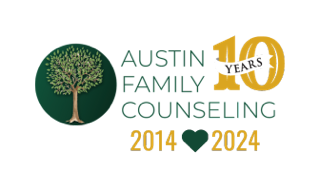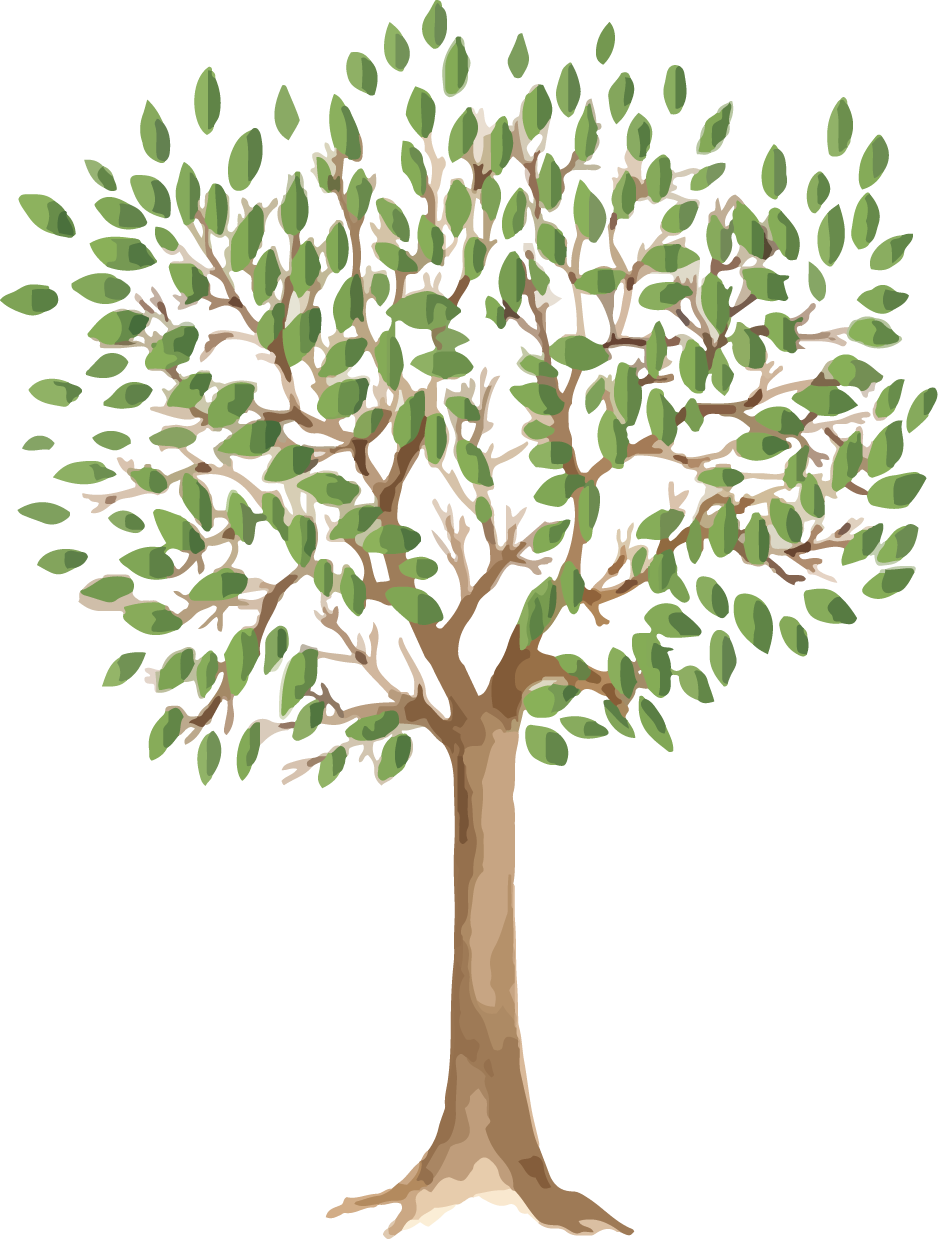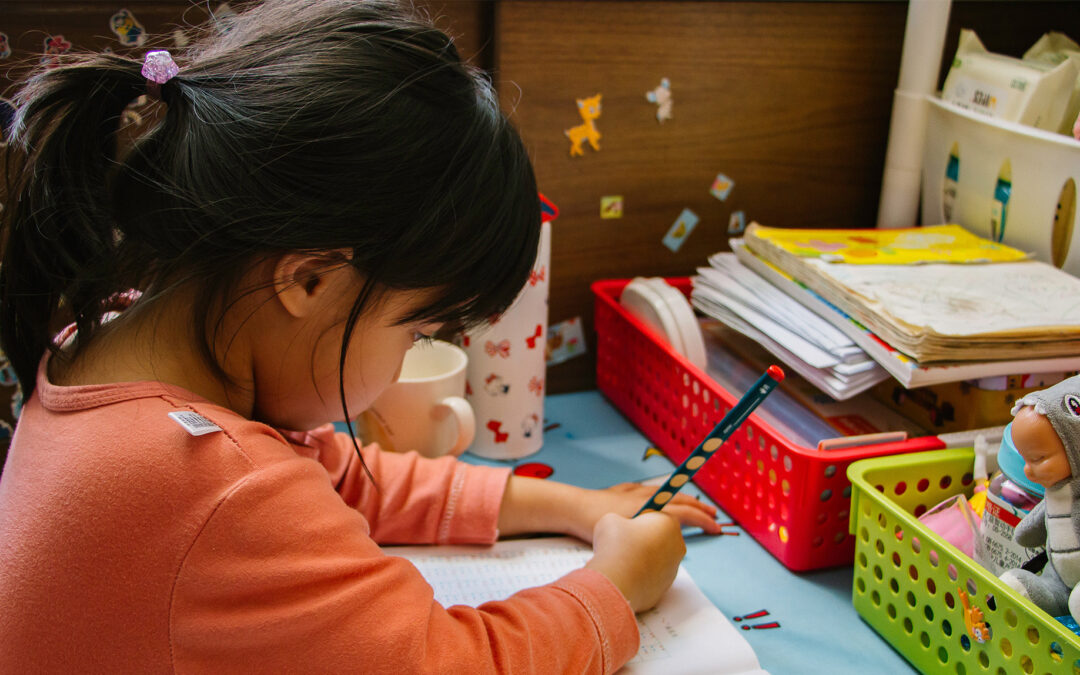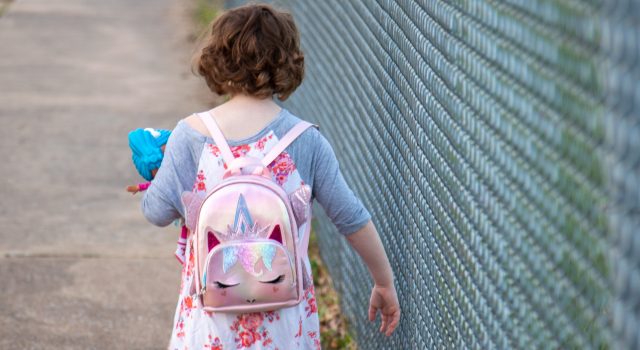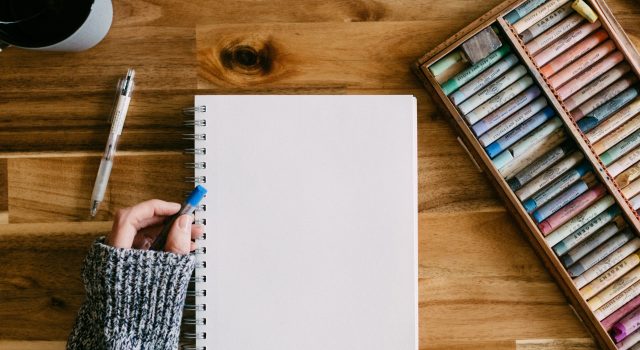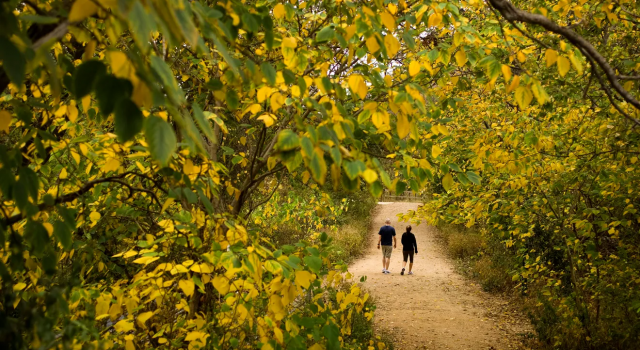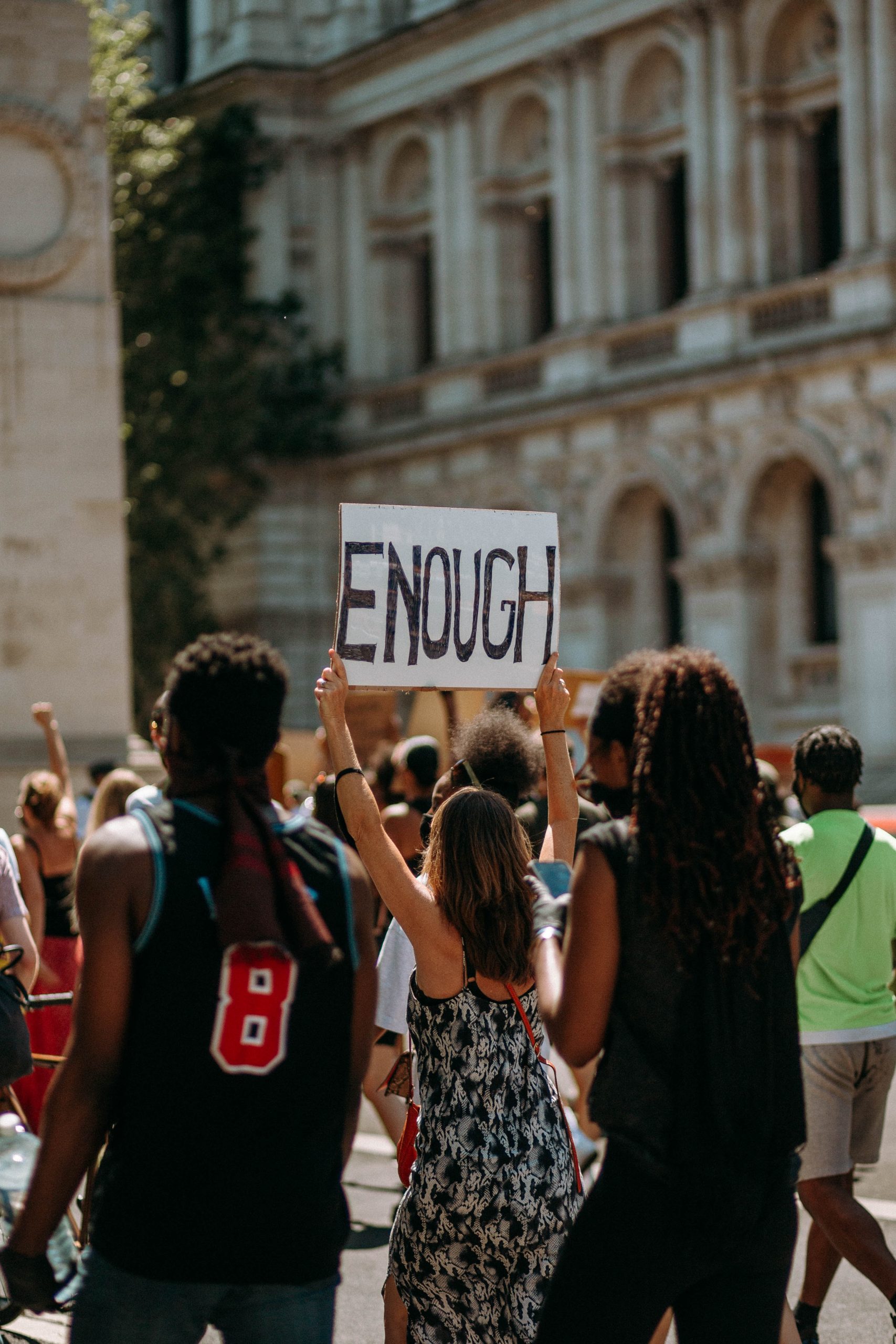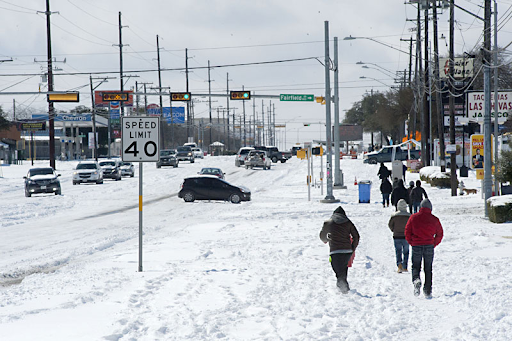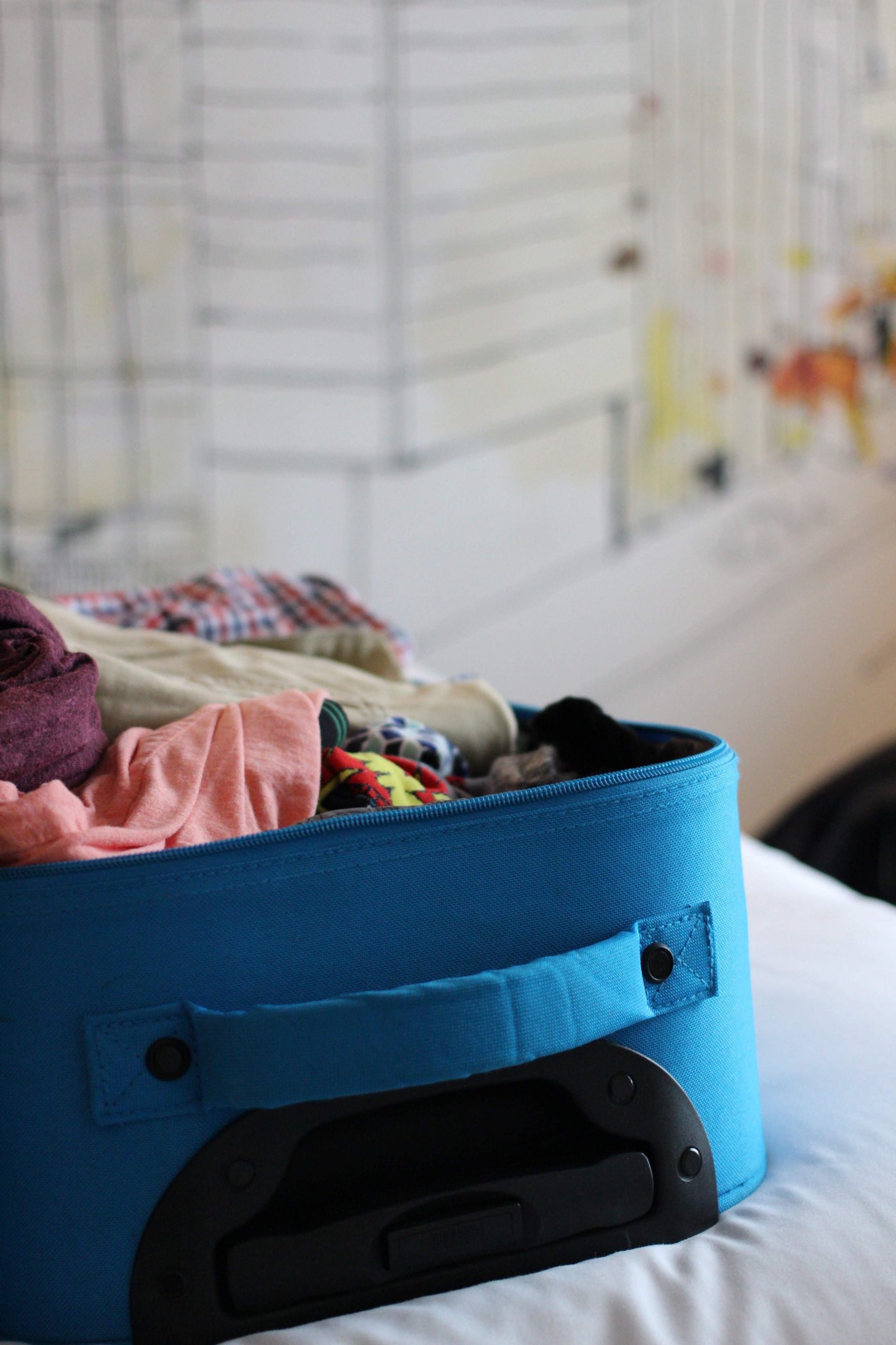…for the people who are already rolling their eyes at the thought of it
Before we get started, I have a confession. It wasn’t that long ago that I was eye-rolling at the practice of mindfulness. I didn’t get it and it seemed to me, in my overwhelmed and often flooded state of mind, that anyone who thought mindfulness was going to do anything for me had no idea the type of stress I was under. Part of what made it feel out of touch was that it sounded unrealistic. I had a distinct picture in my head of what mindfulness was and who practiced it. That visual image was so far away from where I was starting that I couldn’t grasp how it could apply to me or my life.
It’s been through my own journey that I have found: Mindfulness is unavoidable for those of us on the path to greater peace and groundedness in our lives. And in fact, those of us who don’t have time for mindfulness or think it doesn’t apply to us, might be the ones who need it the most.
This blog is for anyone who eye-rolls at the very thought of mindfulness, anyone who doesn’t get it, and anyone who is curious but doesn’t know where to start.
What is Mindfulness?
Mindfulness is simply the practice of coming into the present moment. The challenge is that while our bodies live in the present moment 100% of the time, our thoughts and emotions rarely do. Our thoughts and feelings (arguably our defining human experience) are often rooted in the past or the hypothetical future. We spend most of our time processing events that have happened or ruminating on ones to come. The consequence for these habits are well-documented, as a quick google search on mindfulness will show. For the sake of keeping it straight forward, I’ll sum it up as this: It doesn’t feel good and it is incompatible with peace, joy, and gratitude.
The practice of mindfulness is like an antidote or a release valve. Do you have a pressure cooker? If you do, you know this moment. That’s effectively what a mindfulness practice does for our emotional, mental, and physical state. Mindfulness is the skill to hit reset from the busy-ness and the pressures of life.
Alright, that’s all fine and well, you say, but give me something tangible here. How do I practically incorporate mindfulness into my life? I’m glad you asked. Here are five simple places to begin.
1. Tune into your breath.
The most simple mindfulness practice is intentional breathing. Our breath is a metronome for our lives and most of the time, we don’t give it much thought. Intentional breathing is one of the easiest and most adaptable practices for coming into the present moment. For the sake of full transparency, I’m basically constantly practicing mindful breathing. In line at the grocery store? Yep. Driving? Yep. In session? You betcha. Writing this blog? Yes. It is incredible how easily our breath goes to auto-pilot and how healing it can be to reconnect with it.
When you’re feeling overwhelmed, try pausing and simply asking yourself, “Where is my breath right now?”
- Notice if your breath is shallow, fast, or choppy. See if you can slow and smooth the rhythm of your breath just a little.
- Are you exhaling? Extend your exhales a little longer. See if you can exhale the tension from your chest or release any holding in your shoulders.
- Try to direct your breath to your belly. As if you have a book rested on your stomach, try to gently move the book up and down.
Give it 3-5 breath cycles (one inhale/exhale = one cycle). Within just a few cycles, you may notice feeling more grounded and calm. Notice what shifts in your experience by tuning into your breath. Our perspective can change subtly by re-connecting to our breath, and the ripple effect of the shift will have significant benefits.
You can also check out visual breathing exercises like this video and this video.
2. Go Outside.
If you have a couple of moments, step outside. Stand or sit in silence for just a couple of minutes. A great mindfulness hack is to connect with your senses (more to come on this with #4). If the weather is nice, connect with the earth by kicking off your shoes and standing barefoot on the grass.
- What do you hear?
- What do you see?
- What do you smell?
- What do you feel?
- What do you taste? (Okay, that one is kind of weird. But maybe!)
If you can’t get outside, go to a window. Just notice what is happening. It amazes me every time I pause and look at the nature around me. Have you noticed that trees are constantly moving? The leaves never stop moving. It’s incredible. Stand and ponder the subtle movement of nature around you. It will connect you to the present moment and get you out of your head.
You can learn more about the benefits of the outdoors in this blog by my colleague, Amber Jekot.
3. Don’t look at social media for the first hour upon waking tomorrow.
This tip is super directive and it’s all about strengthening intentionality. Give it a shot. Notice how your mood and perspective changes when you don’t immediately hop on Instagram, Twitter, Facebook (or whatever is your social media platform of choice!). Social media is great, but it can also trigger a domino effect of negativity. More than that, it immediately pulls you out of the present. After the first hour of being awake, intentionally make the choice about when and how you want to engage with social media.
How does your day start differently by making this mindful choice up front?
4. Engage your senses.
Engaging your senses is one of the easiest ways to come back to the present moment. The ideas here are endless and it can be quite a bit of fun to find new ways to use your senses mindfully. Here are a few ideas to get you started.
- Essential oils are having their day in the sun and for good reason. Create essential oil rollers with just a few supplies. All you need is a bottle, a carrier oil, and your favorite essential oil. I’m personally loving lavender and peppermint combined right now! Roll the oil on your temples, the back of your neck, or your wrists throughout the day. The scent does not last long, but each time you become aware of it, it is like a little reminder to slow down, reconnect with yourself, and breathe. You can also diffuse your essential oils if you really want to go all in.
- Weighted or fuzzy blankets feel comforting and safe. While you probably don’t have time for a nap, you can easily wrap yourself up in a blanket, breathe for a couple of minutes, and then write that email. The next time you’re feeling overwhelmed, try wrapping yourself in your favorite blanket and notice what happens.
- Drink a glass of cold water. Drinking cold water might be my oldest mindfulness tool. Many years ago, a co-worker of mine (hey, Jola!) noticed that I drank more water on days when I was under higher stress. In fact, she named it before I realized I was doing it. My physical body was soothed by drinking cold water, and the irony is that my brain did not fully realize that’s what I was doing – but it was! The next time it all feels like too much, pause and have a glass of water. Notice any subtle shifts before you get back to the grind.
5. Meditation podcasts.
Alright, bear with me. I’m not about to suggest you take up full blown meditation (but maybe one day!). I get that meditation may feel like the furthest available tool from where you are today. But I am going to suggest that you give a guided meditation podcast a try-on. My favorite time to listen to a meditation podcast is while I’m driving. I am cracking up at myself just writing that. Use caution. You obviously need to be alert on the road, etc., but having someone direct your breathing at a time when you might otherwise be at the height of rumination on any moment but the present one is an incredibly helpful tool!
My favorite meditation podcast is Guided Meditations by One Mind Dharma. You can find their podcast easily, however you access your podcasts. You can also check out two of my favorite episodes on YouTube.
If you aren’t so sure about my tip while driving (ha!), other times you could listen that don’t require stillness: Walking the dog, washing dishes, folding clothes, or in the shower. Check them out and feel what happens.
Summing it up.
Mindfulness, in short, is anything that brings you back to the present moment. If it pulls you out of the storm of thoughts and feelings you’re experiencing, even if only for a couple of seconds, it is a mindfulness tool.
Mindfulness is not magic. It is a skill and it needs to be sharpened. It takes consistency and intentionality, but it does not take an abundance of time or resources. While you are building your mindfulness practice, it is important to notice any shifts you experience. Those subtle shifts are what builds the momentum.
After each mindfulness intervention (for example, drinking a glass of cold water), pause to observe any physical, mental, or emotional changes.
- What cognitively changes for you?
- How does your perspective or outlook shift?
- How do you emotions change?
- What physical differences do you notice?
The benefits are there, but you have to notice them. Your ability to detect those shifts will strengthen each time you mindfully engage with yourself.
If you are curious to learn more about the science behind mindfulness, The Body Keeps Score: Brain, Mind, and Body in the Healing of Trauma by Dr. Bessel van der Kolk is a thorough resource. If you want to take your mindfulness practice to the next level, No Mud, No Lotus: The Art of Transforming Suffering by Thich Nhat Hanh is an incredible guide.
You can also connect with me on instagram (after you’ve been awake for an hour) @counselingandyoga or via email at [email protected]

